Low-Carb Protein Peanut Butter Cups are the ultimate treat with benefits! Easy to make and so delicious, this easy peanut butter cup recipe is perfect for peanut butter lovers of all ages.
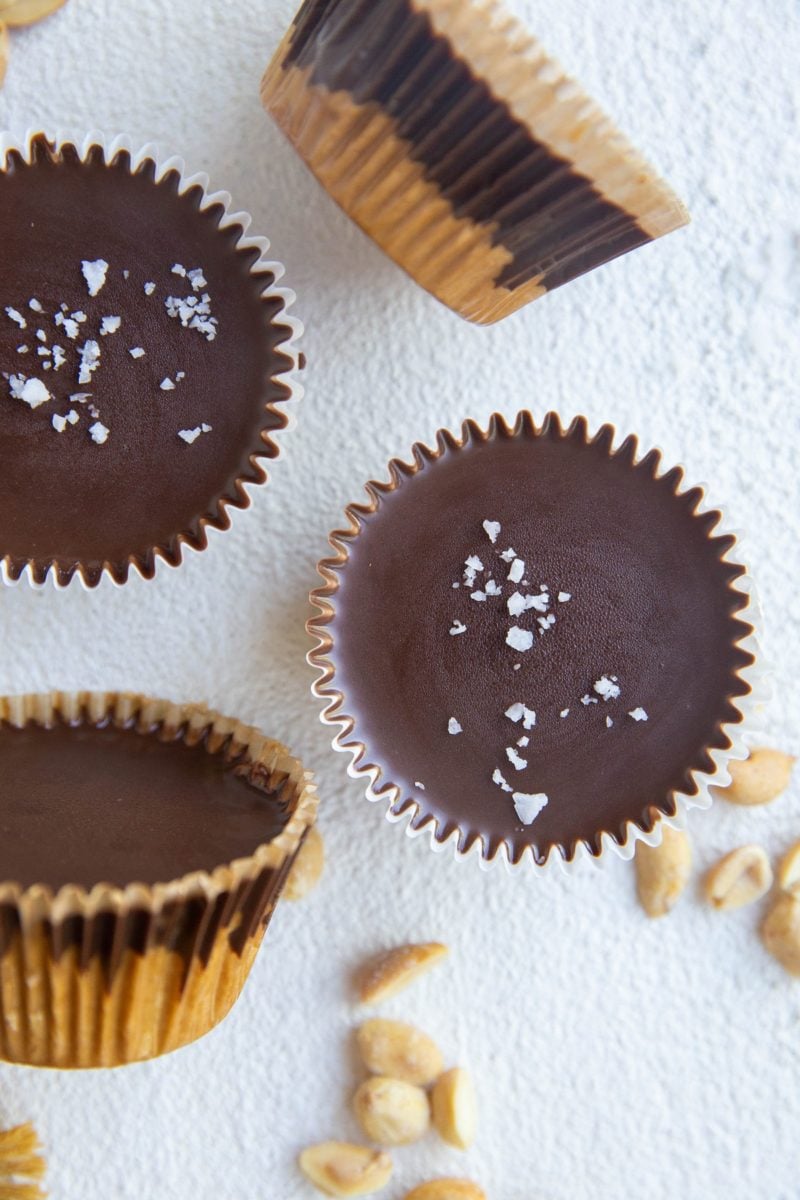
Who says tasty treats can’t come with some benefits?
I’m all about listening to my sweet tooth on occasion and when I do, I try to stick with complex carbs (if applicable), keep it low in sugar (or zero sugar), and toss in some protein for a boost of nutrition.
These easy, dreamy low-carb protein peanut butter cups are fun to make and are ideal for those who are watching their sugar intake and are mindful of their protein.
The concept is similar to the Low-Carb Peanut Butter Protein Balls I posted recently.
Simply choose your favorite peanut butter, sugar-free powdered sweetener (I use monk fruit), protein powder, and your favorite sugar-free chocolate chips to make this glorious protein peanut butter cup a reality.
The best part? You don’t need any fancy kitchen tools to make this easy peanut butter cups recipe. We simply use a regular muffin tin and muffin paper liners as the mold for the cups.
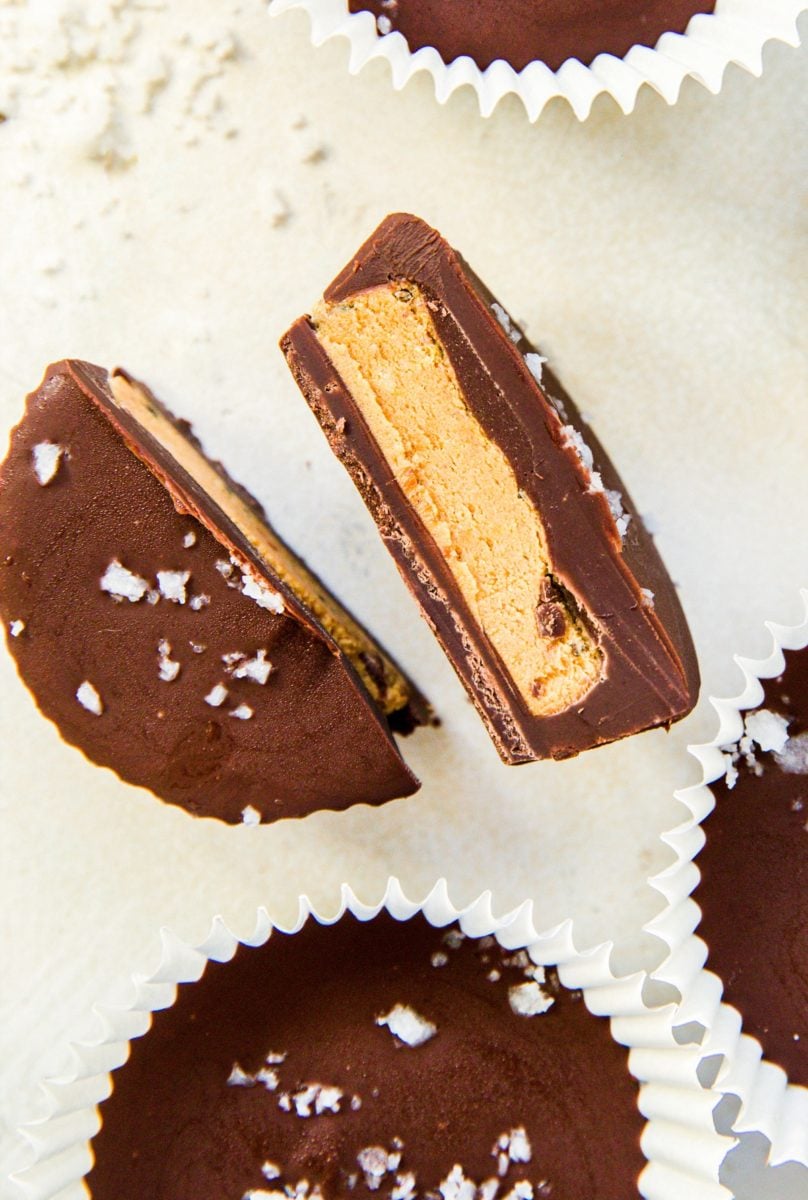
You can also turn this recipe into keto peanut butter bars, similar to my Keto No-Bake Peanut Butter Bars recipe.
Let’s dive right into the simple ingredients for low-carb peanut butter cups.
Peanut Butter Cups Ingredients:
Unsweetened Creamy Peanut Butter: Choose your favorite brand of natural peanut butter. Just be sure it is nice and thick and well-stirred (versus separated and oily).
While I’ve never tried crunchy peanut butter in peanut butter cups, I have a sneaking suspicion it would work great too.
You can also use any nut or seed butter such as almond butter as long as it’s nice and thick and well-stirred.
Protein Powder: Not only does protein powder bring a protein boost to these healthier peanut butter cups, but it also acts as a sort of flour to help dry out the peanut butter a bit. This is important so that the cups set up, become firm and don’t leach out oil.
Choose a protein powder you know you love! I use a Goat Whey Protein Powder that has no added flavors or sweeteners, but any protein powder that is sugar-free will work for these sugar-free peanut butter cups.
Sugar-Free Powdered Sugar: The sweetener we use must be a powdered sweetener (also known as confectioners sweetener) so that the peanut butter mixture is nice and smooth.
I use Lakanto sugar-free confectioners sugar which is made with monk fruit.
If you don’t follow a sugar-free diet, feel free to use regular powdered sugar as a 1:1 substitute, or use 2 tablespoons of pure maple syrup.
Vanilla Extract: A touch of warm vanilla really makes these peanut butter cups taste rich and enticing. If you don’t have any on hand, you can definitely skip it.
Sea Salt: Leveling up the peanut butter and chocolate flavors, a little salt goes a long way in bringing life to a treat.
Sugar-Free Chocolate Chips: Choose your favorite chocolate chips for the chocolate portion of this recipe. You can also use sugar-free white chocolate chips if you would like to make white chocolate peanut butter cups.
If you aren’t sugar-free, use semisweet chocolate chips, milk chocolate chips, dark chocolate chips for dark chocolate peanut butter cups, peanut butter chips for an all out peanut butter explosion, or your favorite chocolate chips for this homemade peanut butter cups recipe.
Coconut Oil or Butter: To help give a little flexibility and meltability to the chocolate chips, we heat them up with some coconut oil or butter.
This protects the chocolate chips from burning during the heating process and also ensures the substance is nice and pourable.
Peanut butter lovers, you’re going to be obsessed with the fact that this recipe makes a generous amount of peanut butter filling. The combination of peanut butter and chocolate is simply divine!
Now that we have the simple ingredients list down for these no-bake treats, let’s make them!
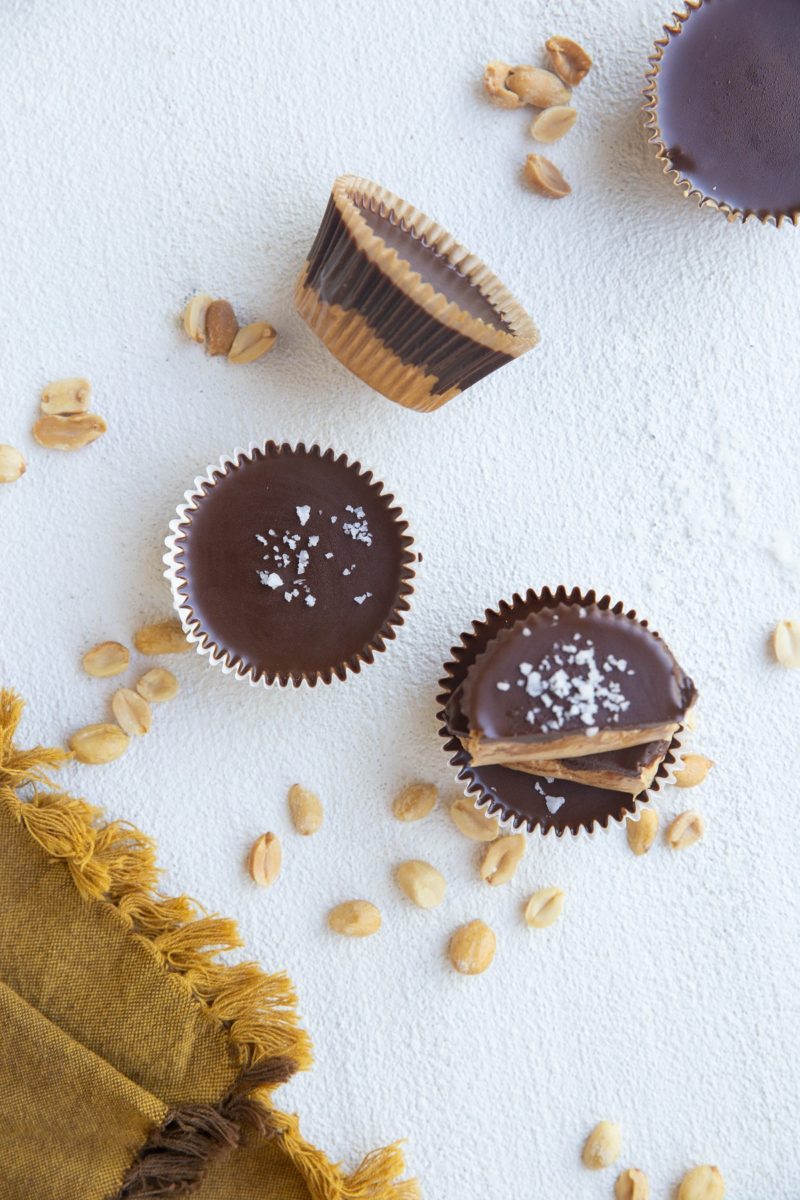
How to Make Low-Carb Protein Peanut Butter Cups:
Heat the chocolate chips and coconut oil (or butter) in a bowl in the microwave for 20 second intervals, stirring well in between each interval, until the chocolate is completely melted and the mixture is creamy (about 50 to 60 seconds total).
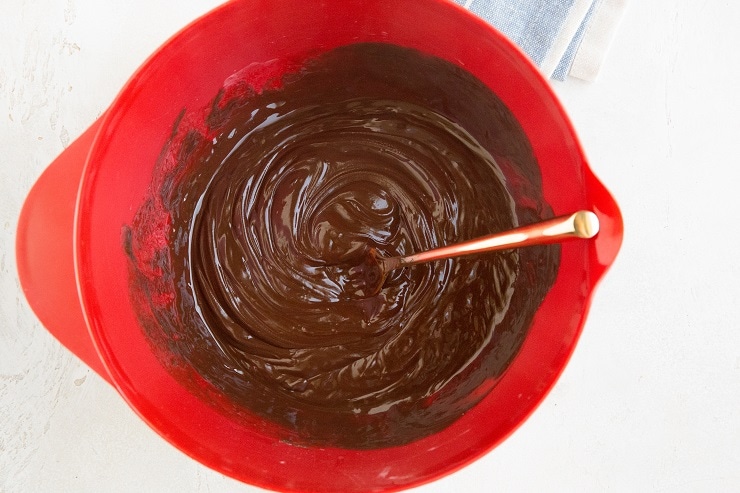
Line a muffin tray with 8 cupcake liners. Pour a thin layer of the chocolate mixture into each of the muffin papers to create the bottom layer of chocolate, then immediately transfer to the freezer and freeze for 15 minutes (or until the chocolate has completely set up.
While the chocolate is setting up, prepare the peanut butter filling. Add the peanut butter, protein powder, sugar-free confectioner’s sugar, vanilla extract, and sea salt to a food processor. Process until everything is very well combined.
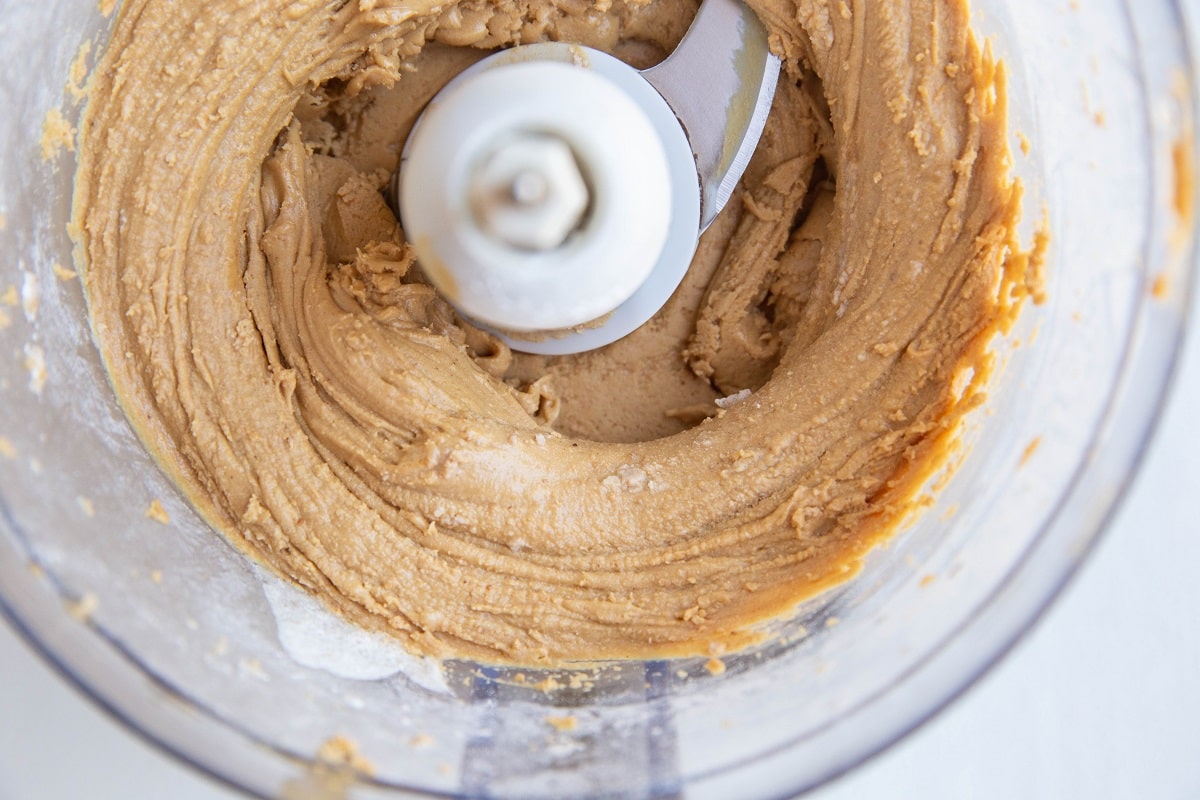
Roll the peanut butter mixture into 8 even-sized balls then press each ball into each muffin paper in the cupcake tin, creating the peanut butter center.
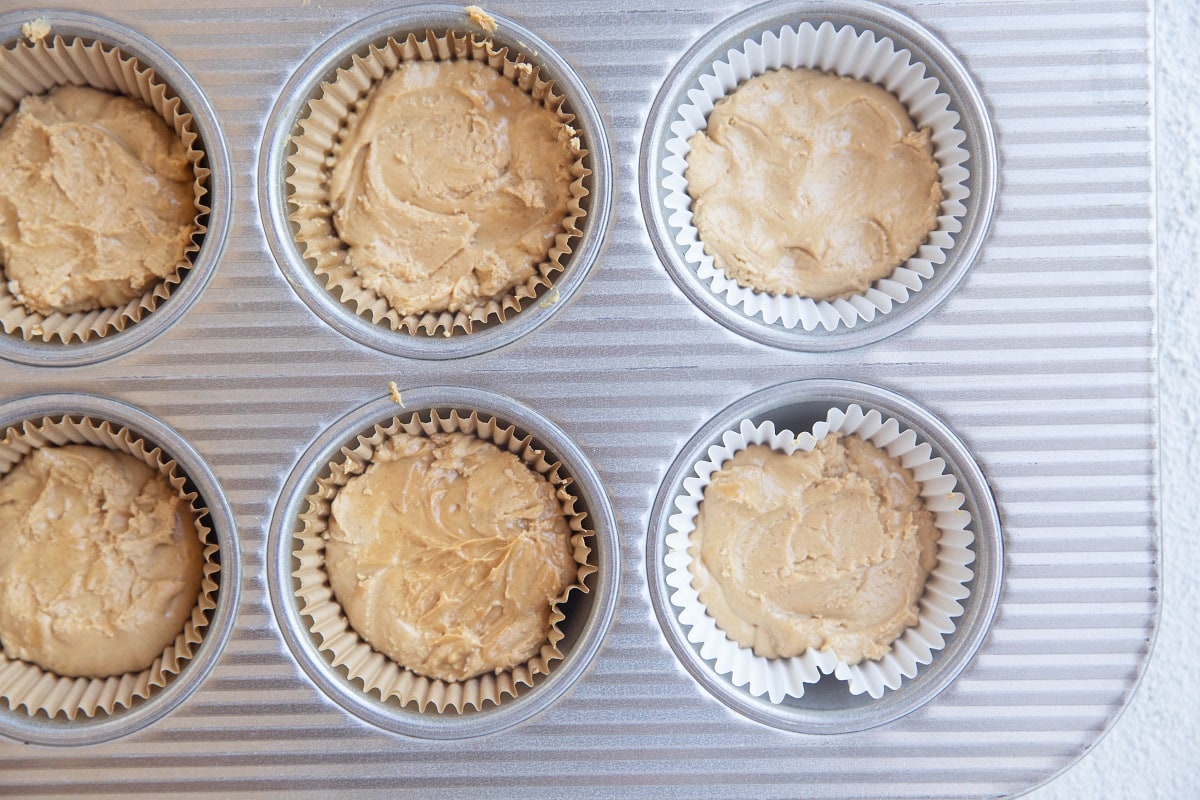
Drizzle the rest of the melted chocolate evenly over the peanut butter layer. If desired, sprinkle the wet chocolate with flaky sea salt for that sweet and salty effect.
Freeze the peanut butter cups for at least 15 minutes, or until the chocolate has completely set up.
Peel the muffin papers off and enjoy!
Store leftover peanut butter cups in an airtight container in the refrigerator for up to 10 days. You can also freeze the peanut butter cups in a large zip lock bag and store them in the freezer for up to 3 months.
Nutrition Facts:
The nutrition information for these sugar-free peanut butter cups is based on 8 cups. If you have a mini muffin pan, you can make mini cups using mini muffin liners.
Each monster peanut butter cup contains 343 calories, 13 grams of total carbohydrates, 7 grams of fiber and therefore 6 grams of net carbs. They also contain 17 grams of protein, which is not too shabby for a treat!
Are These Keto Peanut Butter Cups?:
Whether or not these sugar-free low-carb peanut butter cups fit into a ketogenic diet is entirely dependent on the individual.
Active individuals on keto can remain in ketosis with more wiggle room with their carb intake (many athletes can sustain ketosis on upwards of 50 to 100 grams of carbs).
Individuals who are moderately active to not very active often need to eat 30 grams or less of carbs per day in order to reach and maintain ketosis.
Each peanut butter cup (assuming you make 8) contains 6 grams of net carbs, which may work for some on the keto diet, but may not work for others.
My personal opinion is that it isn’t worth eating sugar-free desserts when you can gain much more nutrition out of consuming vegetables for your carbs.
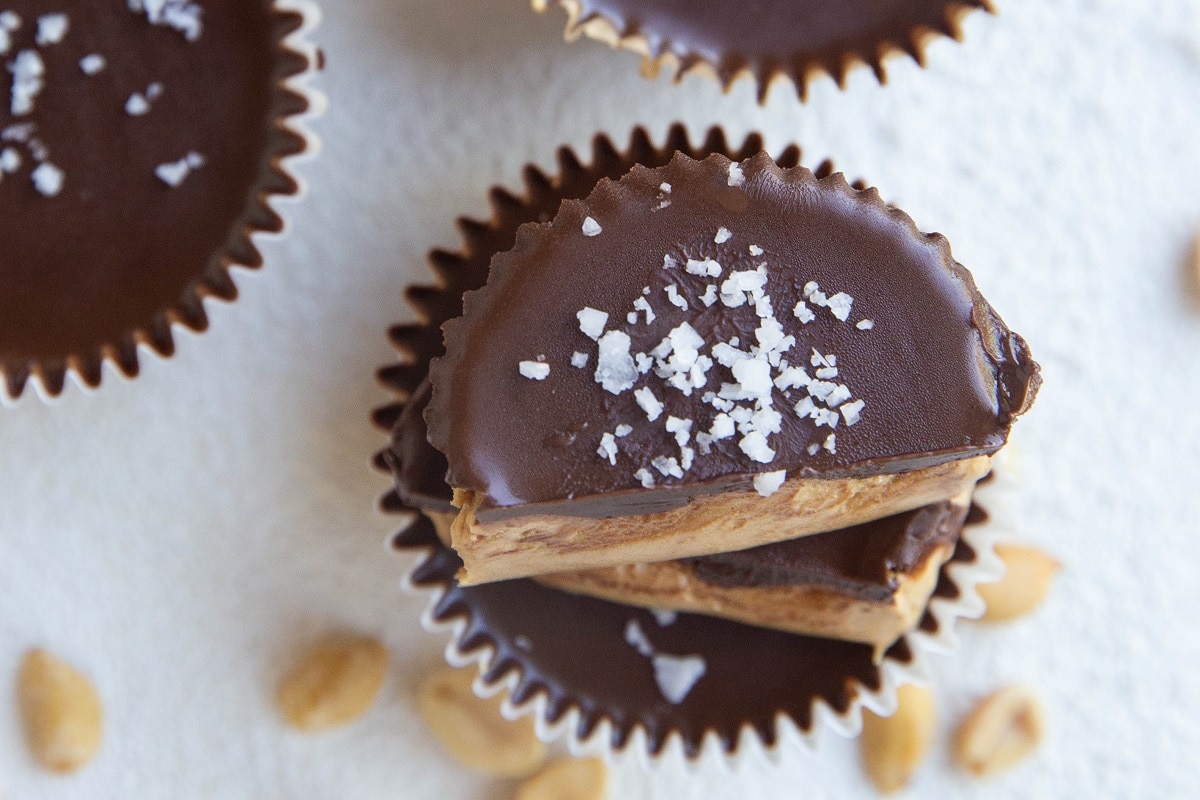
And that’s it! Easy, dreamy, amazing homemade peanut butter Reese’s cups that rival traditional Reese’s peanut butter cups to boot!
If you love sugar-free desserts or follow a low carb diet, here are some more sugar-free dessert recipes for you to try and enjoy.
Sugar-Free Dessert Recipes:
- Dairy-Free Low-Carb Peanut Butter Pie
- 5-Ingredient Low-Carb Cherry Pie Bars
- Keto Chocolate Chip Cookies with Coconut Flour
- Low-Carb Carrot Cake Muffins
- Keto Lemon Bars
- Low-Carb Blueberry Crumb Bars
Enjoy these little bites of chocolate peanut butter joy!
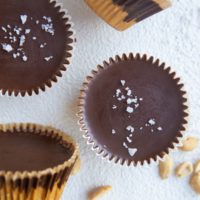
Low-Carb Protein Peanut Butter Cups
Ingredients
Peanut Butter Filling:
- 2/3 cup unsweetened creamy peanut butter
- 3/4 cup protein powder*
- 1/4 cup sugar-free powdered sugar
- 1 tsp pure vanilla extract
- ¼ tsp sea salt to taste
Chocolate Drizzle/Dip:
- 1 ⅓ cups sugar-free chocolate chips
- 1 Tbsp coconut oil or butter
Instructions
- Heat the chocolate chips and coconut oil (or butter) in a bowl in the microwave for 20 second intervals, stirring well in between each interval, until the chocolate is completely melted and the mixture is creamy (about 50 to 60 seconds total).
- Line a muffin tray with 8 muffin liners. Pour a thin layer of the chocolate mixture into each of the muffin papers to create the bottom layer of chocolate, then immediately transfer to the freezer and freeze for 15 minutes (or until the chocolate has completely set up.
- While the chocolate is setting up, prepare the peanut butter filling. Add the peanut butter, protein powder, sugar-free confectioner’s sugar, vanilla extract, and sea salt to a food processor. Process until everything is very well combined.
- Roll the peanut butter mixture into 8 even-sized balls then press each ball into each muffin paper in the cupcake tin, creating the peanut butter center. Drizzle the rest of the melted chocolate evenly over the peanut butter layer. If desired, sprinkle the wet chocolate with flaky sea salt for that sweet and salty effect.
- Freeze the peanut butter cups for at least 15 minutes, or until the chocolate has completely set up.
- Peel the muffin papers off and enjoy!
Notes
Nutrition
This post contains affiliate links, which means I make a small commission off items you purchase at no additional cost to you.
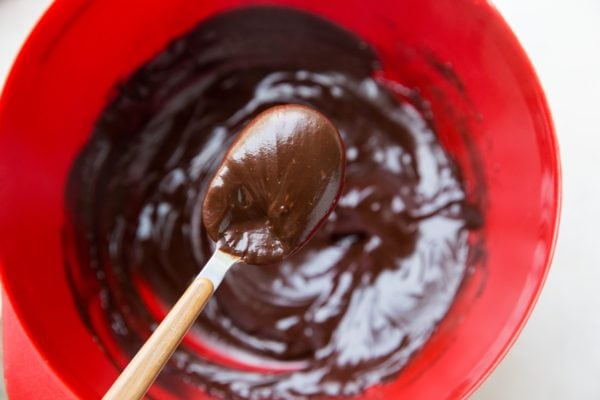
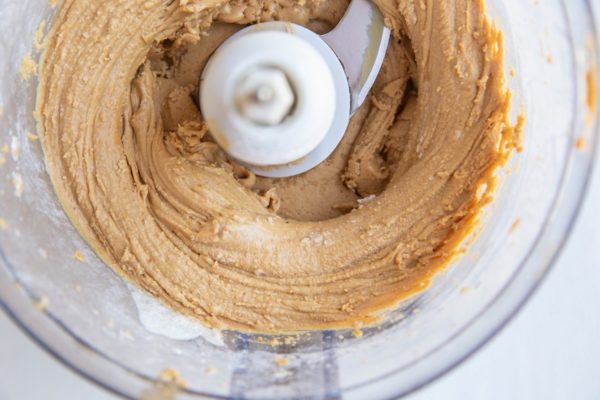
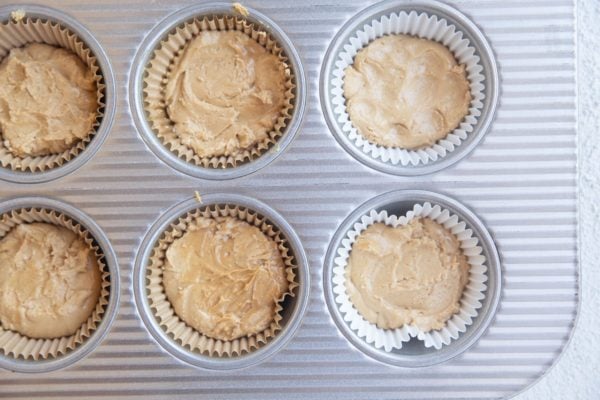
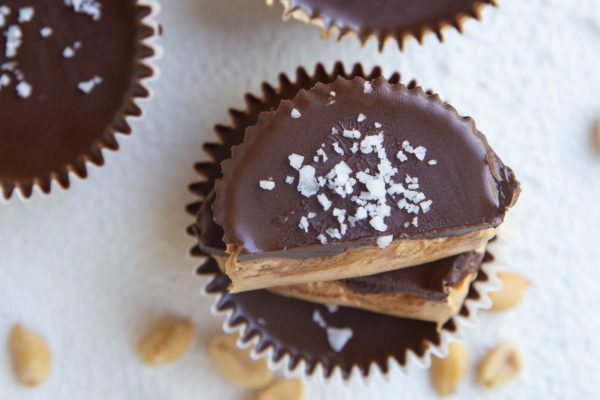
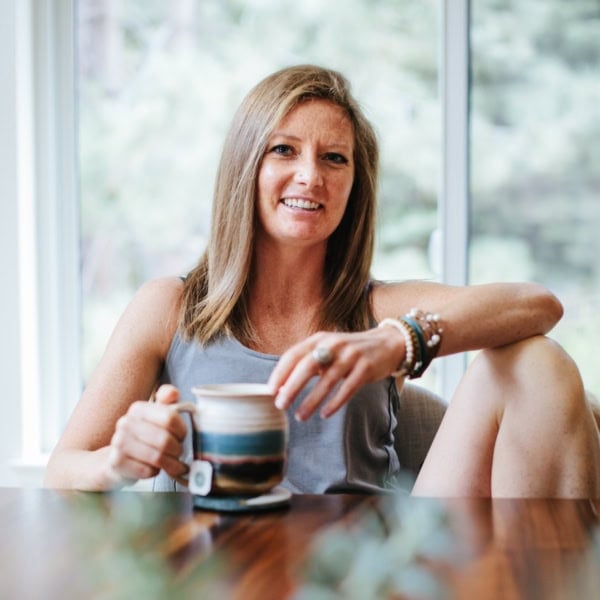
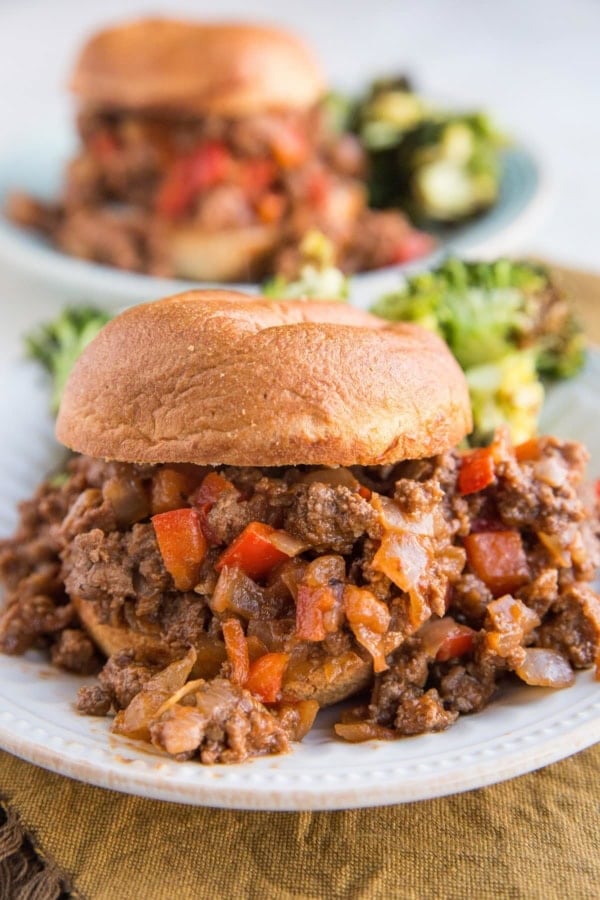
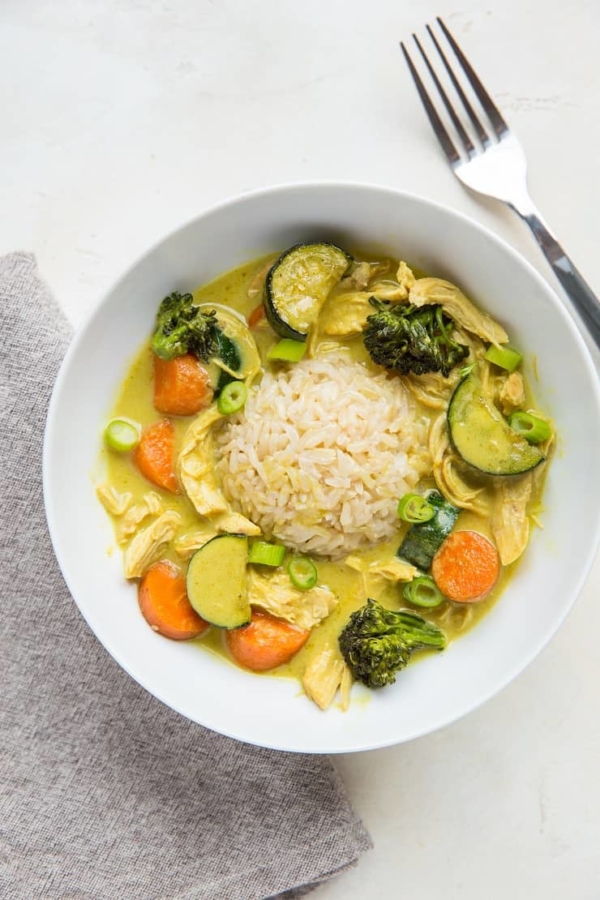
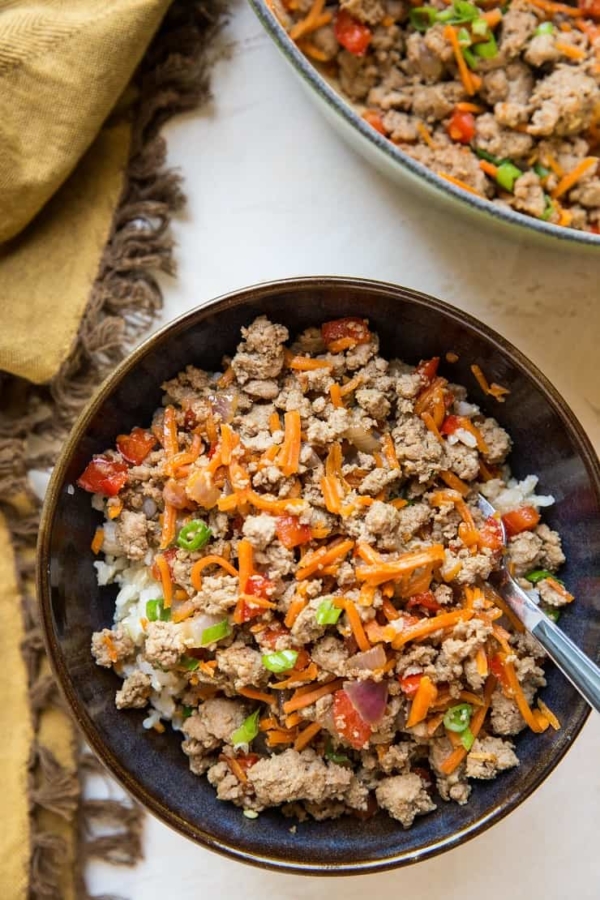
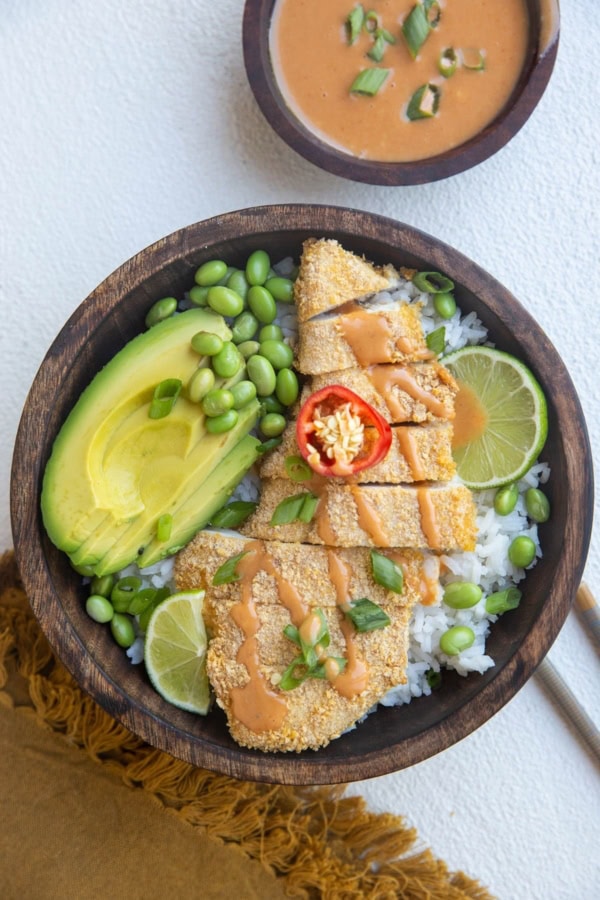









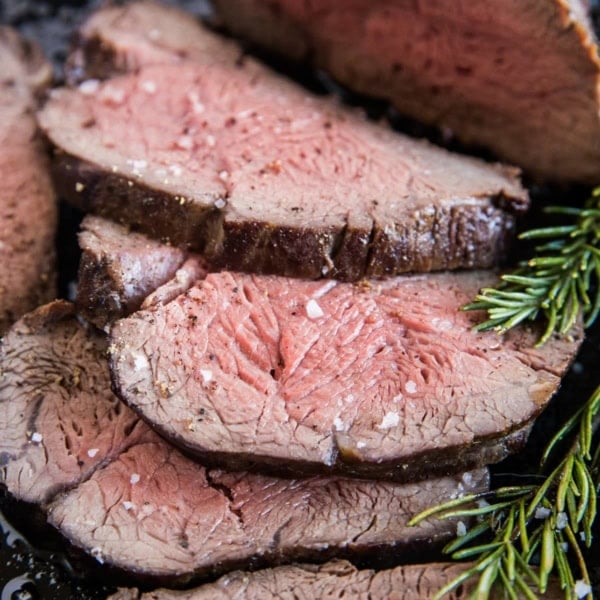
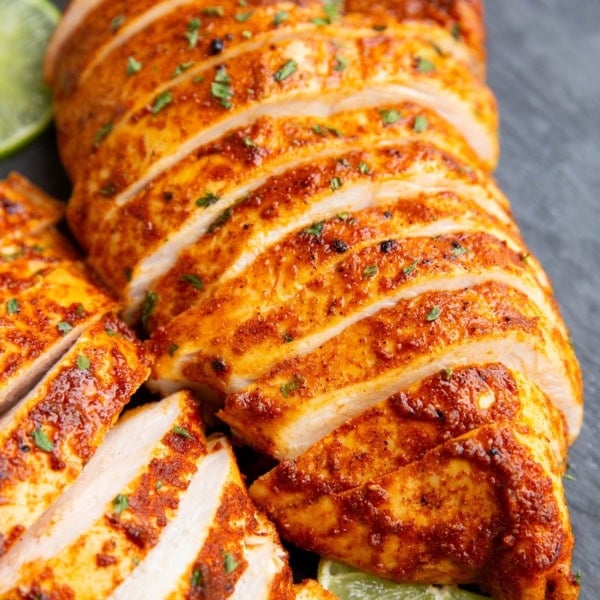
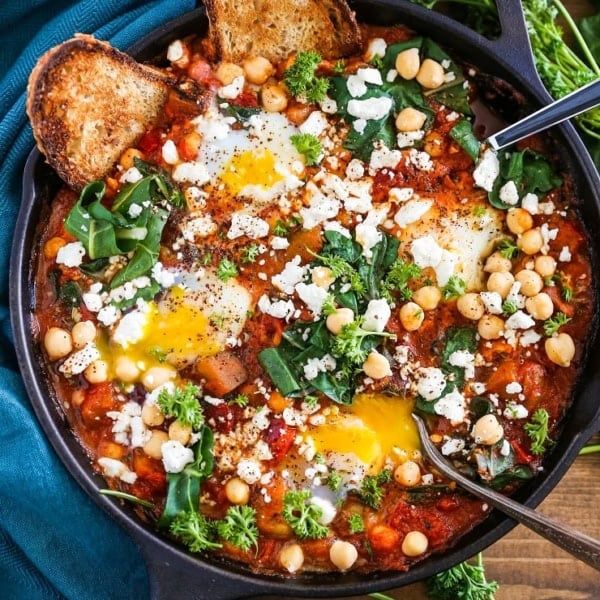
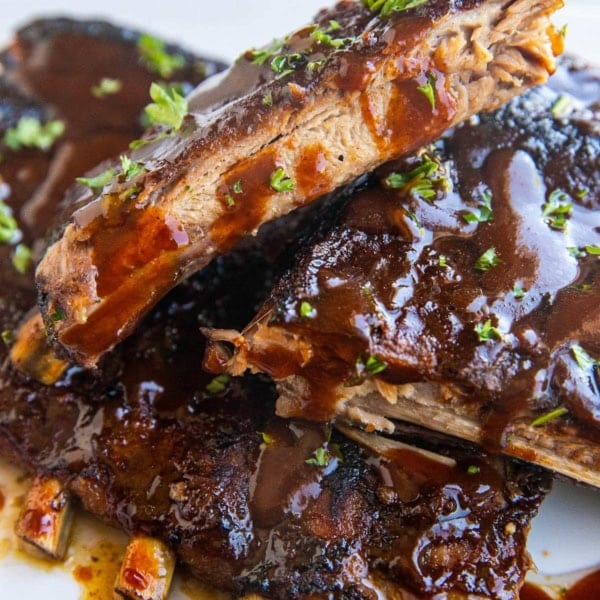
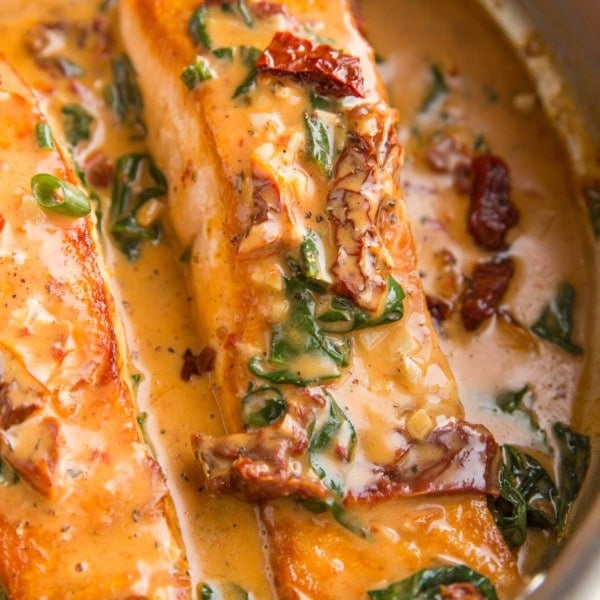
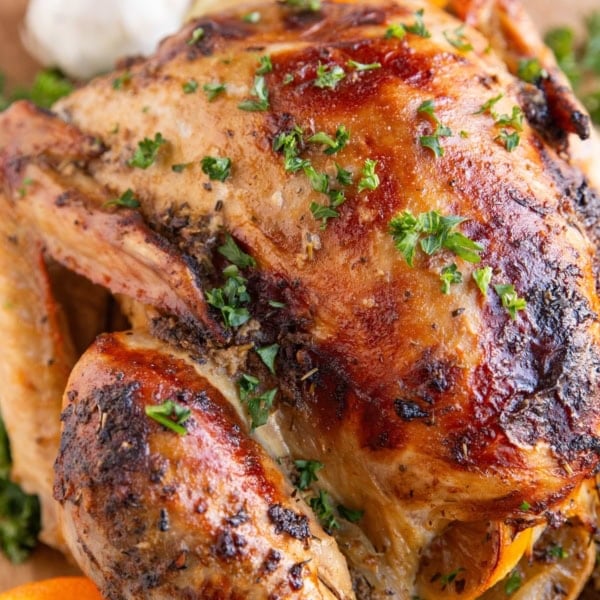
Looks delicious! Would using powdered peanut butter in place of the protein powder do the trick?